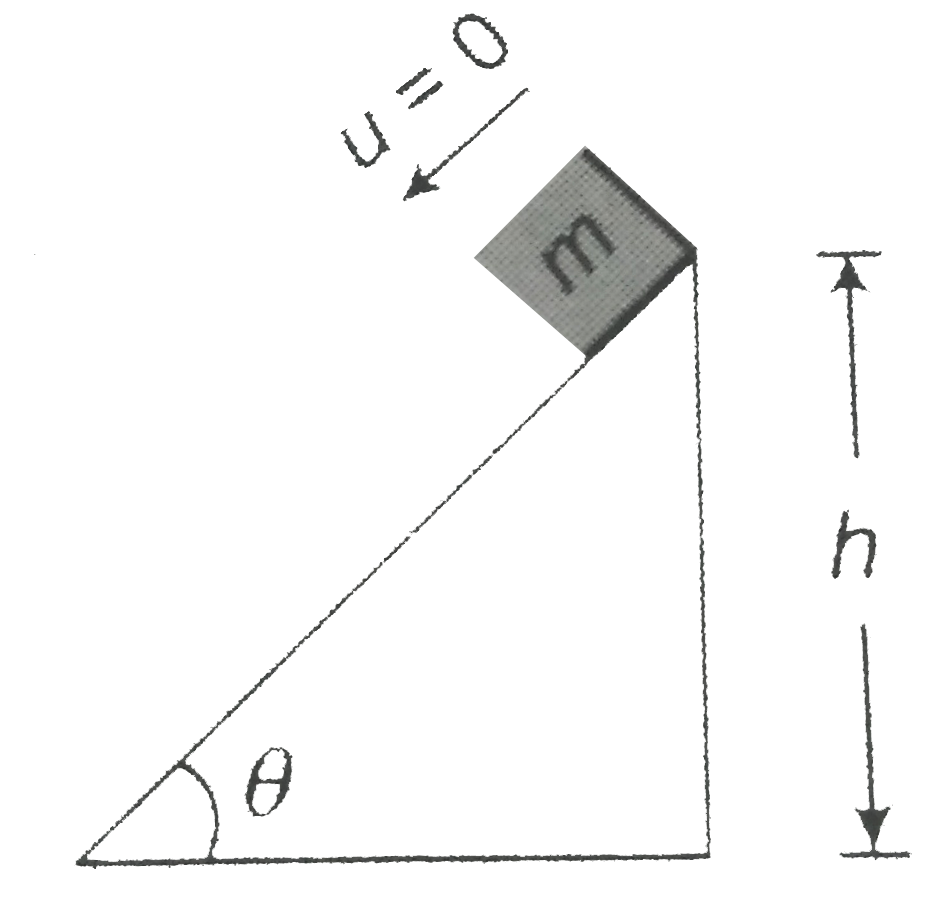A block slides down a smooth inclined plane and then moves on to a rough horizontal surface. Which of the following is/are correct? (Neglect impulsive effect at the bottom of incline)
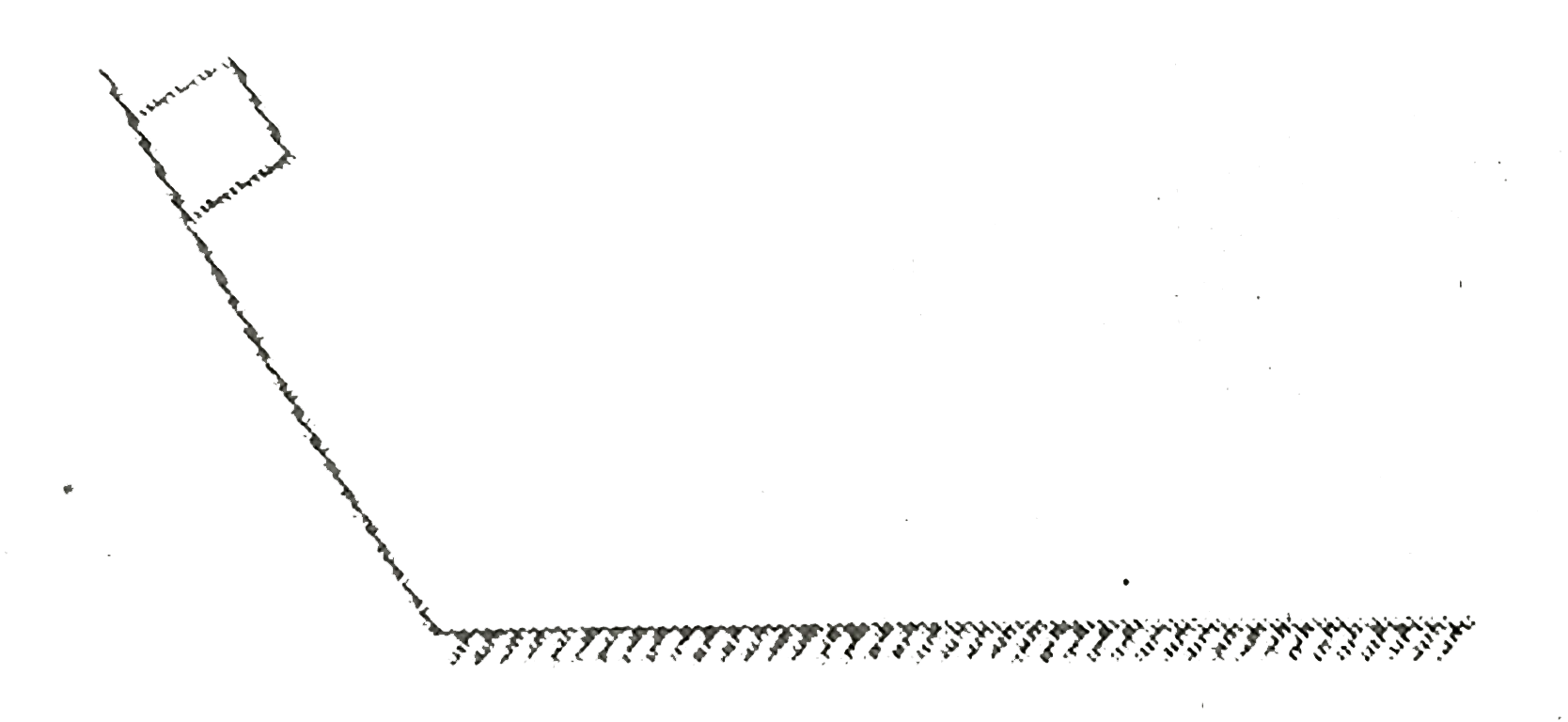
The graph of velocity as a function of time is
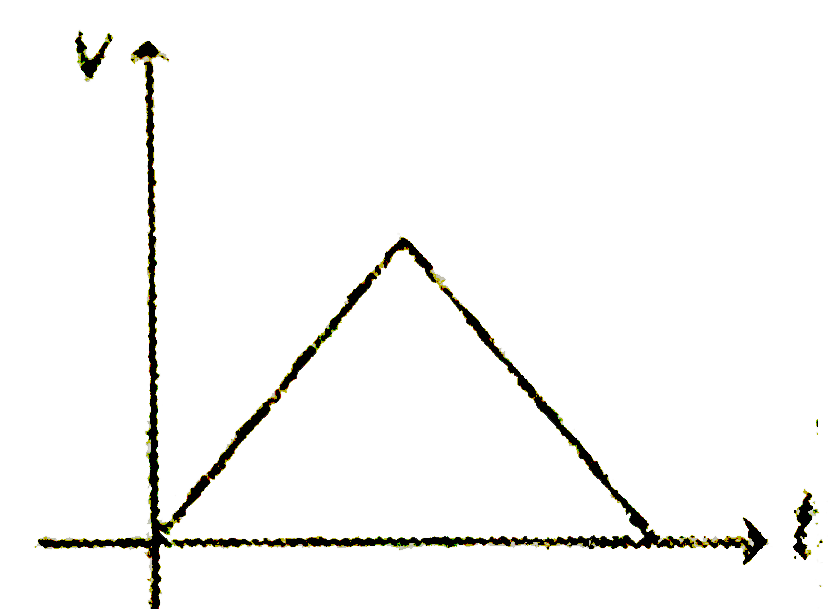
The graph of acceleration as a function of time is
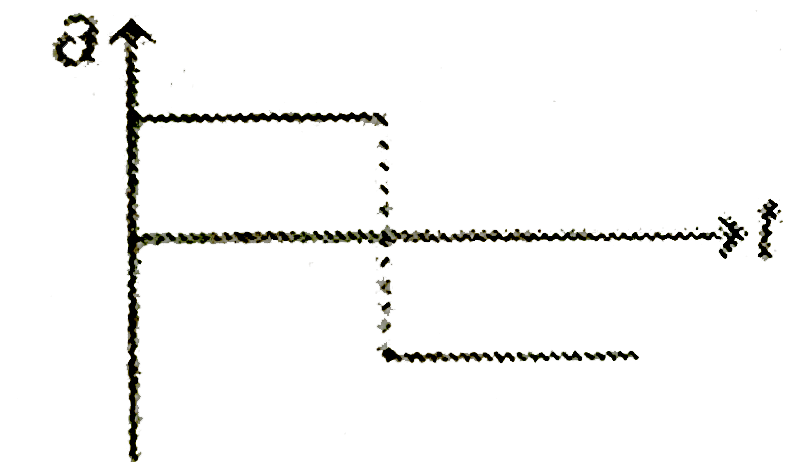
The graph of mechanical energy as a function of time is
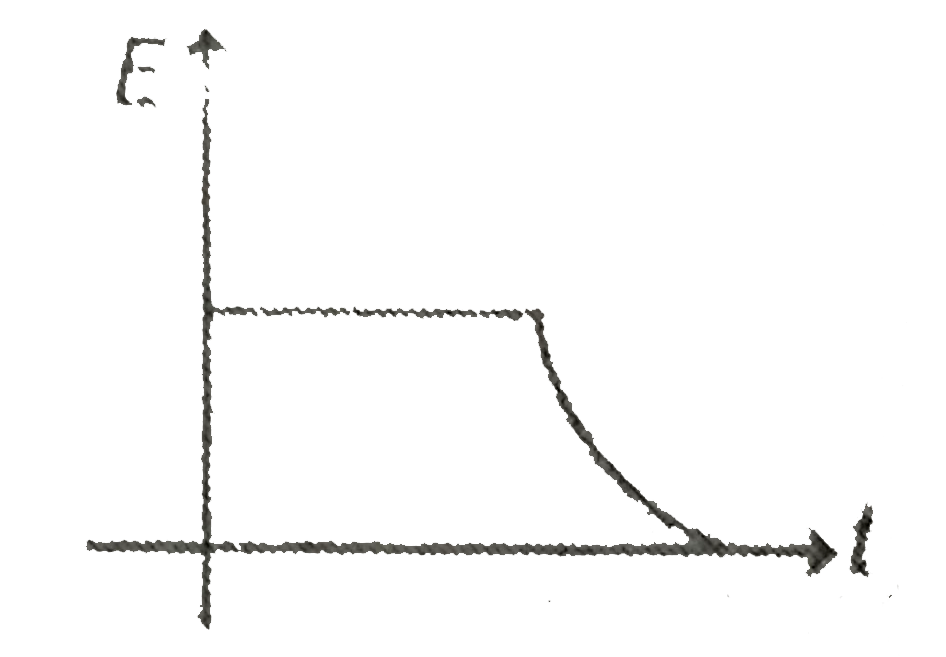
The graph of kinetic energy as a function of time is
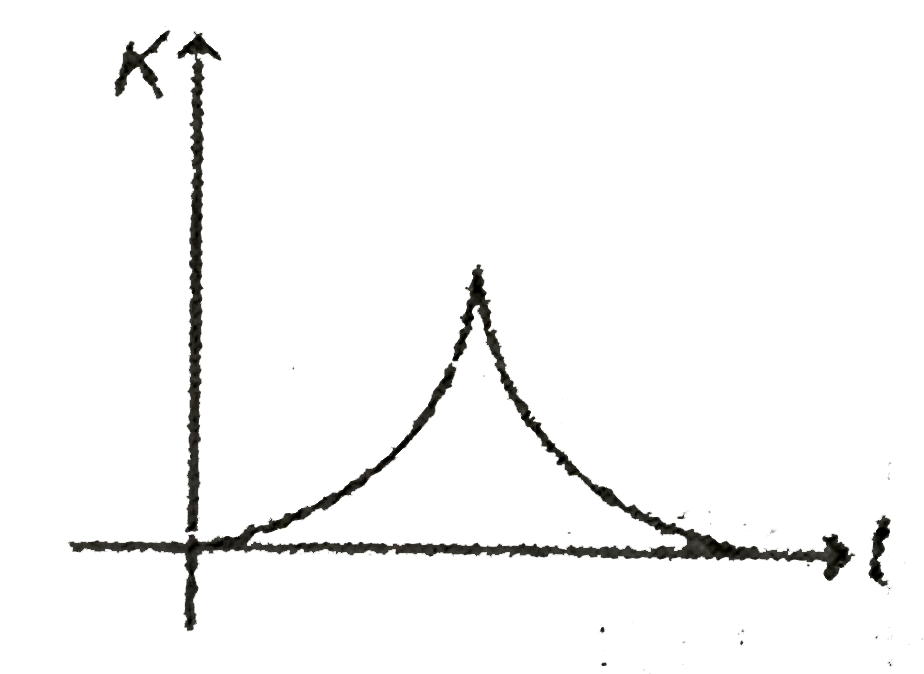
The correct Answer is:A, B, C, D
Step by step video, text & image solution for A block slides down a smooth inclined plane and then moves on to a rough horizontal surface. Which of the following is/are correct? (Neglect impulsive effect at the bottom of incline) by Physics experts to help you in doubts & scoring excellent marks in Class 11 exams.
Updated on:21/07/2023Topper's Solved these Questions
- WORK, POWER AND ENERGYBOOK - DC PANDEYCHAPTER - WORK, POWER AND ENERGYEXERCISE - C Comprehension Type Questions
18 Videos
- WORK, POWER AND ENERGYBOOK - DC PANDEYCHAPTER - WORK, POWER AND ENERGYEXERCISE - D Matrix Matching Type Questions
10 Videos
- WORK, POWER AND ENERGYBOOK - DC PANDEYCHAPTER - WORK, POWER AND ENERGYEXERCISE - A Only One Option is Correct
42 Videos
- WORK, ENERGY AND POWERBOOK - DC PANDEYCHAPTER - WORK, ENERGY AND POWEREXERCISE - MEDICAL ENTRACES GALLERY
33 Videos
Similar Questions
Knowledge Check
A block is about to slide down an inclined plane when its inclination to the horizontal is θ. If now a 5 kg weight is attached on the block :
AIt is still about to slide down the planeBIt will not slide down the plane unless the inclination is increasedCIt will not slide down the plane unless .the inclination is decreased .DIt will never slide down whatever be the inclinationA block is at rest on an inclined plane making an angle α with the horizontal . As the angle α of the incline is increased the block starts slipping when the angle of inclination becomes θ. The coefficient of static friction between the block and the surface of the inclined plane is or A body starts sliding down at an angle θ to the horizontal. Then the coefficient of friction is equal to
AsinθBcosθCtanθDIndependent of θA block can slide on a smooth inclined plane of inclination θ kept on the floor of a lift. When the lift is descending with a retardation a , the acceleration of the block relative to the incline is
A(g+a)sinθB(g−a)CgsinθD(g−a)sinθ
A body freely released from A slides down a smooth inclined plane 'AB' and then a rough incline plane 'BC' such that BC = N (AB). If the block comes to rest at C, then coefficient of kinetic friction between the block and inclined plane is?
View SolutionTwo bodies slide from rest down two smooth inclined planes commencing at the same point and terminating in the same horizontal plane. The ratio of the velocities attained if inclinations to the horizontal of the planes are 30∘ and 60∘ respectively is
View SolutionA trolley containing a liquid slides down a smooth inclined plane of angle α with the horizontal. Find the angle of inclination θ of the free surface with the horizontal.
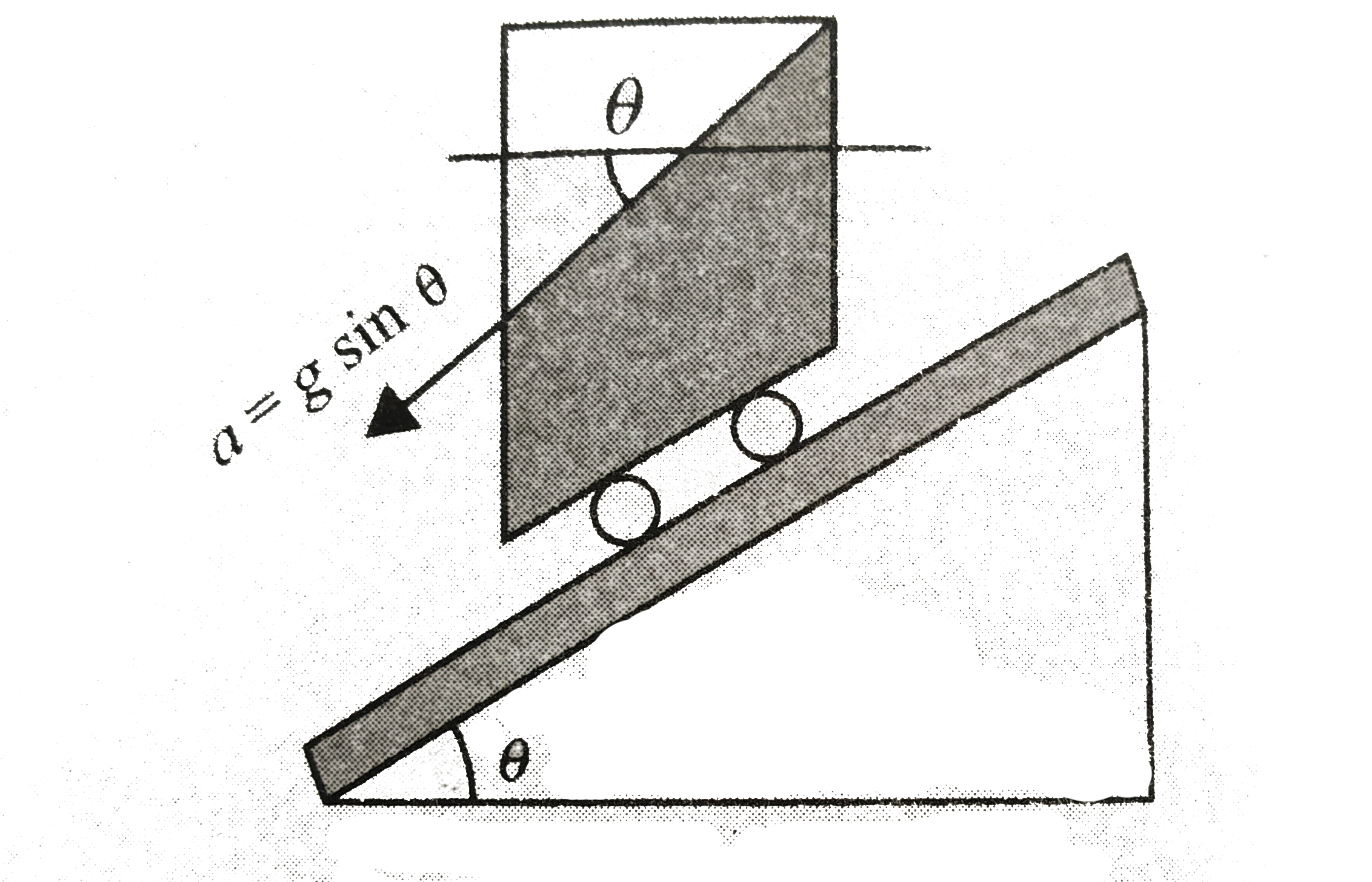
View SolutionA body slides down a smooth inclined plane of height h and angle of inclination 30∘ reaching the bottom with a velocity v.Without changing the height, if the angle of inclination is doubled, the velocity with which it reaches the bottom of the plane is
View SolutionA block of mass m starts at rest at height on a frictionless inclined plane. The block slides down the plane, travels across a rough horizontal surface with coefficient of kinetic friction μ and compresses a spring with force constant k a distance x before momentarilly coming to rest. Then the spring extends and the block travels back across the rough surface, sliding up the plane. The block travels a total distance d on rough horizontal surface. The correct experssion for the maximum height h' that the block reaches on its return is :

View Solution

